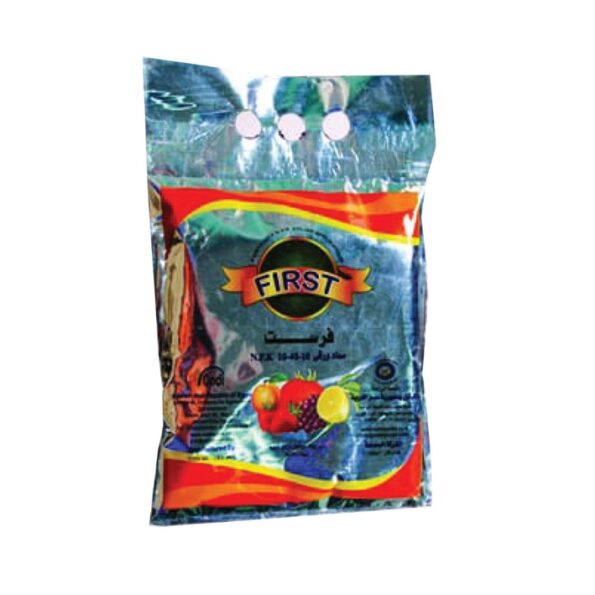
First
1.00EGP 0.00EGP
First
Installation
Nitrogen, 10%
: Phosphorus (P)
: 10 Potassium (K)
Compound benefits
First contains the elements nitrogen, phosphorus and potassium in pure and easily absorbed forms, so it increases the vegetative and flower systems.
. First contains a high concentration of phosphorus, so it is characterized by...
1- Increases the amount of flowers and knots
2- Activates the formation of roots
3-. It helps plants bury it in case of frost
4- It helps adjust the spray solution
5- Increases plant energy
Dosage and rate of use:
First is added at a rate of 1-3 g/liter of water
Based on 0 reviews
|
|
|
0% |
|
|
|
0% |
|
|
|
0% |
|
|
|
0% |
|
|
|
0% |
Related products
Installation:
Nitrogen:20%
%phosphorus: 20
% Potassium: 20
Compound features
X-Press is an integrated ground and foliar fertilizer that contains a group of macroelements and microelements that are quickly dissolved and absorbed
X-Press contains nitrogen, phosphorus and potassium in pure, easily absorbed forms, so it increases the total. The vegetative
X-Press treats the symptoms of macro- and micro-element deficiency in plants. X-Press reduces stress resulting from heat and frost
Usage rates
| stage to use | Dosage (kg/acre/day) | The crop |
| Immediately after transplanting | 2-3 | Vegetables |
| Before flowering | 2-4 | the fruit |
| Branching stages | 1.5-2 |
Field crops |
89 in stock
Installation:
10%: Nitrogen
potassium:22%
Benefits of the compound:
Potassium nitrate: Soad is suitable for all irrigation systems and can be used as a spray on the leaves. It contains nitrogen in an easily absorbed form. This element is important for the formation of protoplasm, which makes up all living cells. It is also involved in the synthesis of amino acids, proteins, and chlorophyll.
It contains potassium in a high concentration in an easily absorbed form, which is the form of potassium nitrate. The element potassium has a large and important role in plants, as it
It helps in the activity of more than 10 enzymes, helps in photosynthesis, and regulates the process of opening and closing stomata. It is responsible for transporting nutrients to and from the cell, so it increases the sugar content in the fruits (Cantilever grapes).
It works to increase the germ content of the cell, so it works to increase the size of fruits (tomatoes, cucumbers, zucchini).
Potassium nitrate: It is preferable to use it on tuber crops such as (potatoes, yams, and onions), as it helps increase the plants’ ability to store, thus significantly increasing the size of the tubers and the yield.
Potassium nitrate: important for the formation of flowers and knots, so it is preferable to fertilize it during the flowering and licking stage
Usage rates: - Ground use: from 3-7 liters/acre depending on the crop and age of the plant. – Foliar use: from 22 cm/liter of water during the vegetative growth stage and before flowering
Installation:
Nitrogen :13%
Potassium: 46%
A fertilizer rich in potassium in the purest and most powerful form of potassium for absorption, which is the form of potassium nitrate. The (Elec) product is distinguished by containing potassium nitrate with a purity of 99.9%. Therefore, the compound is used as a spray on the shoots or ground fertilization to help hold the flowers and size the fruits.
Fertilizer (Potassium Alic) provides additional benefits including
High purity and low percentage of salts. – Humidity level is low. – Low acidity, rapid flow. – Rapid dissolution
– High percentage of nitrogen and potassium
Potassium nitrate (Potassium Alec) is easy and safe to use on crops, flowers, vegetables, strawberries, plants (indoor and outdoor), teak, potatoes, fruit trees, grapes, citrus fruits, pineapples, cotton, bananas, mangos, olives, tomatoes, potatoes, home gardens and green spaces.
يوفر اليك K Many positive effects such as, increased root growth, improves drought resistance, reduces water loss and wilting, improves winter cold resistance and improves resistance to pests and diseases.
the components:
Nitrogen:8%
phosphorus:8%
Potassium: %8
25%: iron
Manganese: 5%
Manganese: 5%
Magnesium: 5%
Compound benefits
Sheri Eit fertilizer is characterized by containing nitrogen, phosphorus, and potassium (potassium nitrate) in a pure form that is easy to absorb. It is also loaded with a high percentage of amino acids, monosaccharides, and carboxylic acids, which facilitate and facilitate the absorption of major and minor elements through the leaves.
Three-Eight is characterized by the presence of a high percentage of amino acids that help the plant to form a high concentration of hormones and enzymes and reduce the effect of stress on the plant.
Gray Alt fertilizer contains microelements in a high percentage that helps in treating the deficiency of elements in plants. Zinc and magnesium also play an important enzymatic role in increasing plant immunity
Usage rates
Times of use: Drip irrigation, foliar spray per 100 liters of crop water
3-5 times 1 liter/acre 50-150 cm vegetables
4-6 times 1-2 liters/acre 50-200 cm of fruit
chemical composition
Nitrogen:12%
Calcium: 20%
Compound features
Calcium nitrate: A liquid fertilizer that contains calcium in the form of calcium nitrate. Therefore, it is an easy-to-absorb fertilizer for plants and treats calcium deficiency.
Liquid calcium nitrate fertilizer is used through modern irrigation methods, as well as sprayed on the leaves*
The importance of calcium for plants
Calcium plays a major role in the process of assimilation of enzymes and neutralizing the acidity of the alkaline solution
Calcium plays a major role in resisting some diseases that affect plant leaves by nourishing the cell walls
Calcium gives good characteristics to fruits in terms of shape, storage and marketing
Usage rates
Ground use: from 10:2 liters/acre, depending on age and type of crop
Foliar use: 2-3 cm/liter of water during the vegetative, flowering and fruiting growth stages
Installation:
Nitrogen: 15.5%
Calcium oxide: 26% = 18.5 mineral calcium
Compound features:
A quickly soluble fertilizer compound in water, consisting of two ideal elements: nitrogen and calcium, which can be easily absorbed by the plant
This formula is completely soluble in water, which works to provide the plant with these two elements with a high efficiency that is unparalleled in other fertilizers. – This formula is an uncoated granule that dissolves quickly and can be used in greenhouses and open fields, whether through sprinkler or drip irrigation systems.
- Calcium has an effective role in the movement of carbohydrates in the plant and increases the thickness of the outer peel of the fruits, which helps in their transport and storage. - Calcium increases the plant’s resistance to diseases (seed end rot, nail head rot, fruit cracking, prevention and treatment of calcium deficiency)
Calcium works to reduce salinity in the soil when used through drip irrigation. Nitrogen helps build protein quickly inside the plant
Calcium plays an important role in activating enzymes and meristematic tissues in the growing tips and encourages the growth of root hairs
Calcium helps increase production, improve fruit color and thickness, and improve fruit properties
Note: OSHA calcium nitrate dissolves 100% in plain water (complete dissolution)
Usage rates, through fertilization of 3/8 kg per acre or according to the fertilization program or the nature of the land and the plant’s needs.
Compound benefits
FunsoHumic is a fertilizer that contains phosphorus in two forms: Porea Novsoric, the first is phosphate for nourishment and stimulating the roots and the second is for protecting against root organs. The compound also contains a high percentage of humic to stimulate the roots.
Phosphohumic is a fertilizer rich in potassium. It is a source of potassium phosphate and potassium humate. Therefore, phosphohumic helps in developing a strong plant.
Usage rates: kg of randan after transplanting.
99 in stock
Installation:
Nitrogen:12%
Phosphorus: 12%
potassium:12%
Compound benefits
Vera fertilizer is characterized by containing balanced proportions of the major elements: nitrogen - phosphorus - potassium in the form of an easy-to-absorb grain. It is also loaded with a high percentage of amino acids, monosaccharides, and carboxylic acids, which expand and facilitate the absorption of major and minor elements through the leaves. Vera excels
A- With a high percentage of nitrogen, which facilitates foliar absorption and helps in the formation of a strong vegetative system.
2- The presence of a high percentage of phosphorus, which plays an important role in the flowering process and also works to warm the plant
3- Potassium, which facilitates foliar absorption, plays an important and major role in transporting nutrients to and from the cell. It also helps in the absorption of water, which increases the size of the fruits and the speed of their ripening. Stress over the news
Vera fertilizer contains amino acids that help the plant form a high concentration of hormones and enzymes and reduce the effect of...
Usage rates
Times of use: Drip irrigation, foliar spray per 100 liters of crop water
3-5 times 1 liter/acre 50-150 cm vegetables
4-6 times 1-2 liters/acre 50-200 cm of fruit
Installation:
Nitrogen: 15%
Phosphorus: 15%
Potassium: 15%
Compound features:
Manufactured from high-quality raw materials that are soluble and quickly absorbed
. Potassium source fertilizer: Potassium titrate is quickly soluble and absorbed
. Fertilizer is a source of phosphorus that is quickly dissolved and absorbed
. High-purity crystalline fertilizer that is completely soluble in water
. It has an acidic effect, which increases the ability of micro and macro elements to be absorbed
It increases branching in both vegetable and fruit crop seedlings
Usage rates
| stage to use | Dosage (kg/acre/day) | The crop |
| Immediately after transplanting | 2-3 | Vegetables |
| Before flowering | 2-4 | the fruit |
| Branching stages | 1.5-2 |
Field crops |
Installation:
Free amino acids: 45%
Nitrogen:20%
Compound benefits
Nitroaminofertilizer in the form of a paste contains a high percentage of amino acids and nitrogen in a free form that is easily absorbed by all vegetable and fruit crops to stimulate metabolism and increase plant energy.
Nitroamino is characterized by providing the binding energy between amino acids necessary to bind together amino acids, enzymes, and carbohydrates, thus increasing their concentration within the plant.
Nitroamino reduces the effect of stress resulting from high temperature or frost
Nitroamino significantly increases vegetative, flowering and fruit growth, as it helps in the formation of auxins and hormones responsible for the elongation process in the stems, as well as the growth of buds and the formation of flowers and nodes.
Tetroamino significantly increases per-acre production
Dosage and rate of use:
Nitroamino is added at a rate of 1-2 g/liter of water
مكونات السماد
|
العناصر |
التركيز ( % ) |
|
الفوسفور ( p ) |
15 % , 12.5 % |
|
الكالسيوم (CaO) |
4.5 % |
| الكبريت (S) |
2.5 % |
يعتبر من اكثر الاسمدة الفوسفاتية استخداما فى مرحلة تجهيز التربة قبل بداية الزراعة وفى بداية موسم النمو لمختلف انواع الاشجار نثراً على سطح التربة
ثم يخلط مع طبقة سطح التربة أثناء الحرث حيث يتميز بأنه سماد ذو تأثير ممتد المفعول يحتوى على عنصر الفسفور الضرورى للنبات كما يحتوى على الجبس
والذى يعتبر مصدر امداد النبات بعنصر الكالسيوم بالاضافة الى تأثيره المفيد فى زيادة نسبة الكالسيوم المتبادل وبالتالى تحسين الخواص الطبيعية للتربة
أهمية إستخدام المركب
غذاء رئيسى للنبات له تآثير طويل المفعول
يوجد الفسفور فى صورة سهلة الإمتصاص عن طريق الجذور مما يؤدى إلى زيادة نسبة الإنبات والإزهار
الفوسفور يحسن من جودة الثمار والخضر والحبوب و إمتلاء القرون فى البقوليات
الفسفور عنصر هام فى جميع التفاعلات الإنزيمية اللازمة لتكوين وترحيل المركبات الكربوهيدراتية مما يزيد من جودة المنتج
الفسفور عصر هام فى عملية التمثبل الضوئى والتنفس ونقل وتخزين الطاقة داخل النبات
الفسفور أحد المركبات الهامة فى نواة الخلية و ذلك لأن وجوده أساسى لإتمام عملية إنقسام الخلية
يساعد على سرعة النضج و تكوين البذور
الكالسيوم عنصر هام فى مقاومة النبات للملوحة
الكبريت عنصر هام فى تنشيط العقد البكتيرية مما يرفع من معدلات تكوين البروتين
يخزن لمدة طويلة دون أن يتحجر
يخدم الأرض لأكثر من محصول على مدار السنة الزراعية
يخلط مع الاسمدة العضوية والكمبوست و لا يخلط مع معظم المبيدات
مواعيد و طرق التسميد
يضاف السماد خلال مراحل النمو الأولى للنبات لزيادة و تقوية المجموع الجذرى
يضاف فى مرحلة تكوين البراعم الزهرية لتحسين الأزهار والعقد
يستخدم لجميع المحاصيل الحقلية و محاصيل الخضر و الفاكهة
بالنسبة للمحاصيل الحقلية والخضروات المحمية و المكشوفة
ينثر السماد بصورة منتظمة فى الحقل خاصة قبيل الحرثة الأخيرة بمعدل من 4 – 6 شكاير للفدان (200-300 كجم/فدان)
بالنسة لأشجار الفاكهة
يوضع السماد قبيل جريان العصارة فى النبات أى فى نهاية فصل الستاء وقبيل دخول فصل الصيف للأشجار
ويضاف بمعدل من 6-8 شكاير للفدان ( 300 – 400 كجم / فدان )


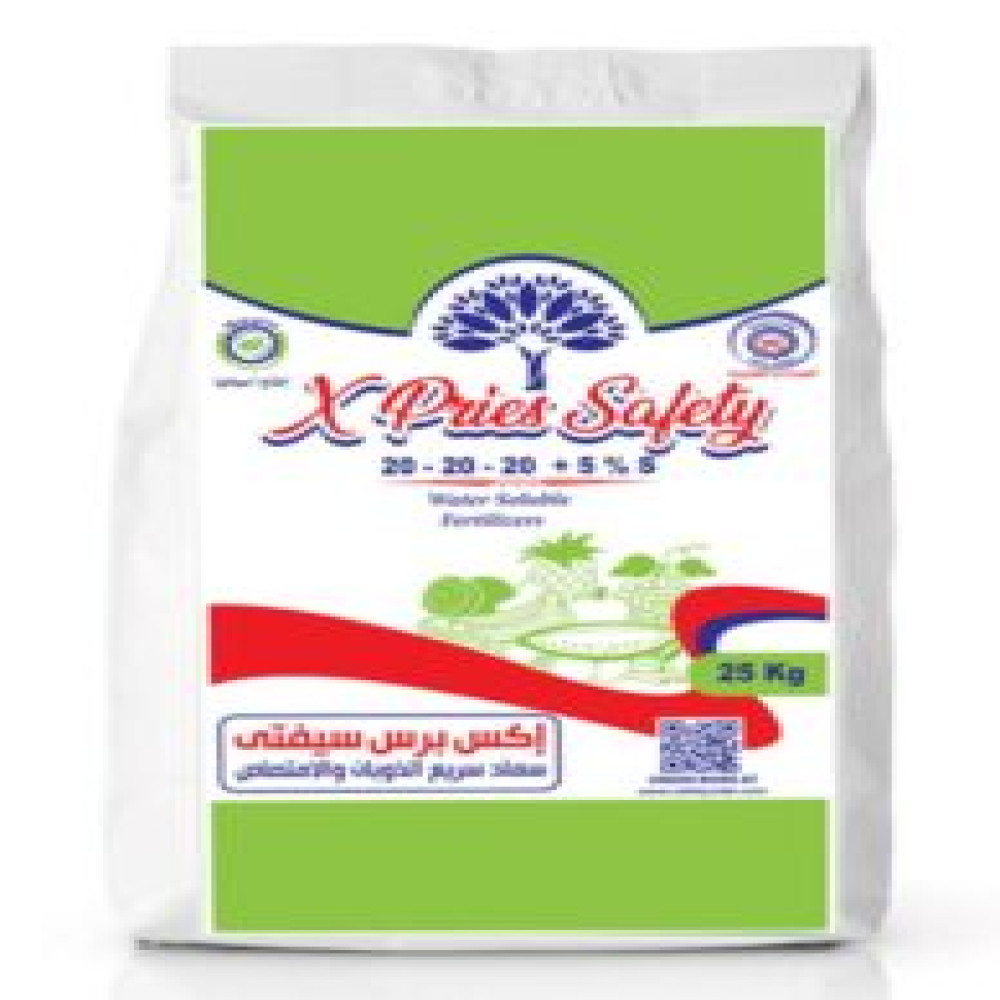

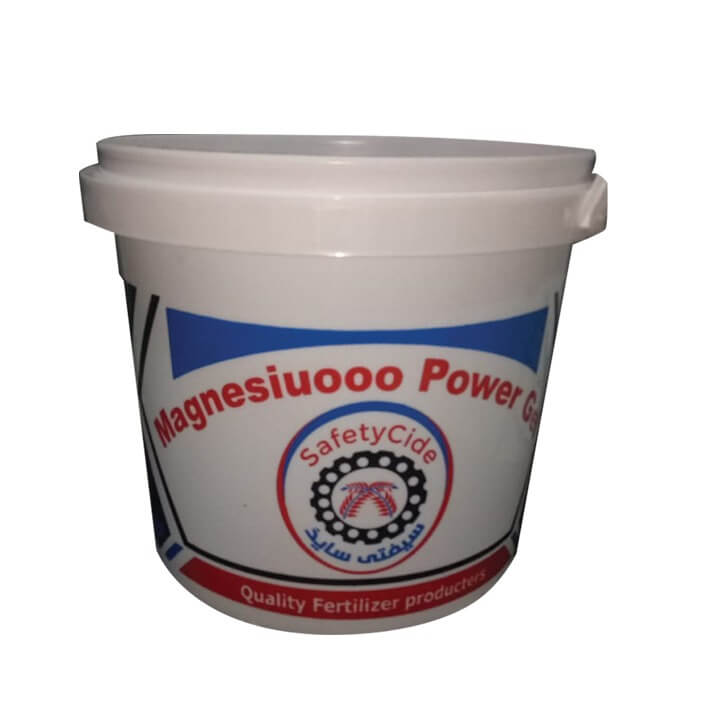
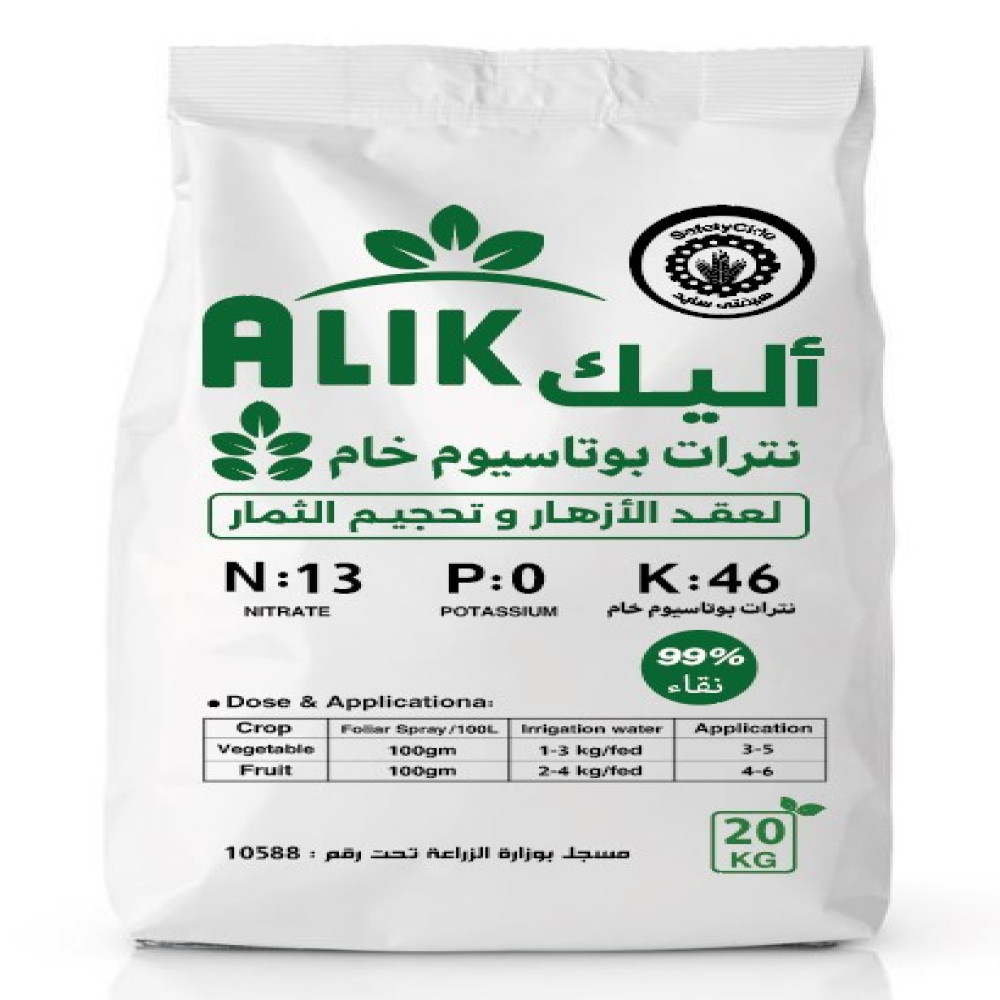
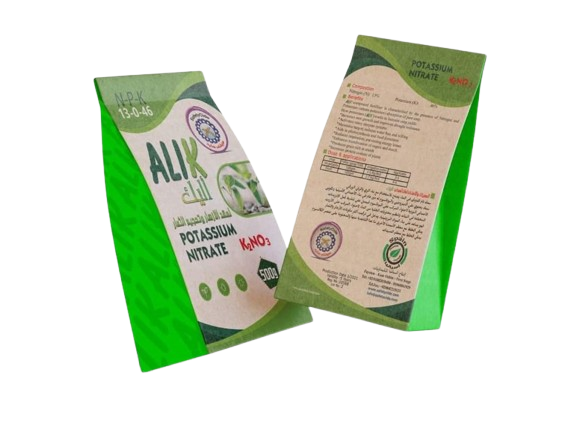





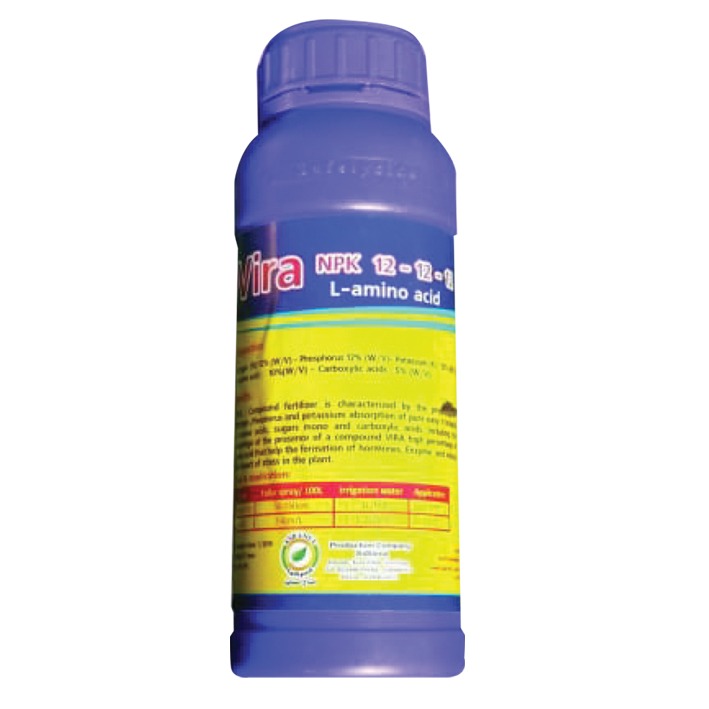
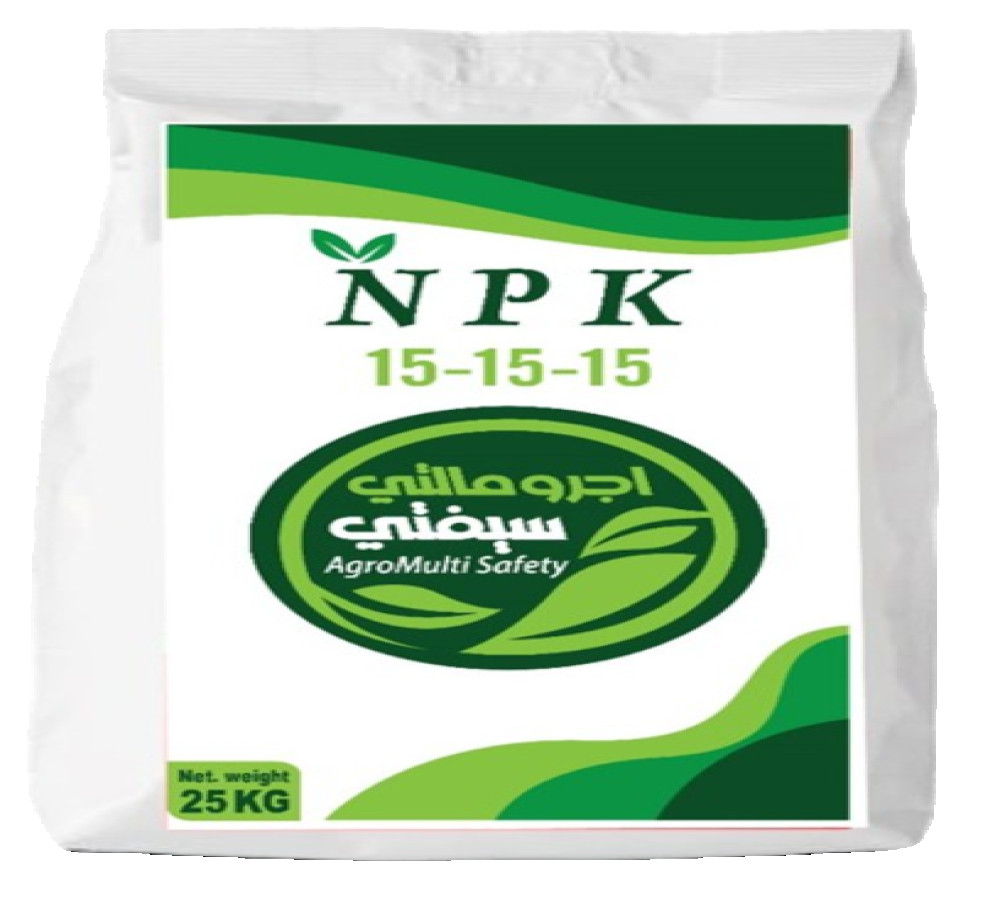

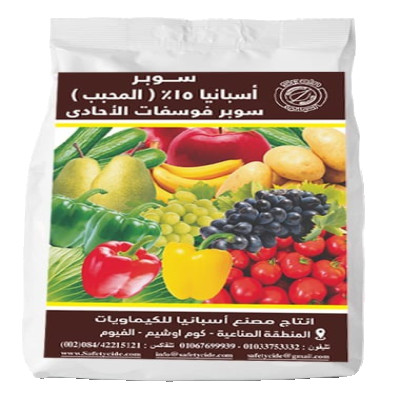
Reviews
There are no reviews yet.